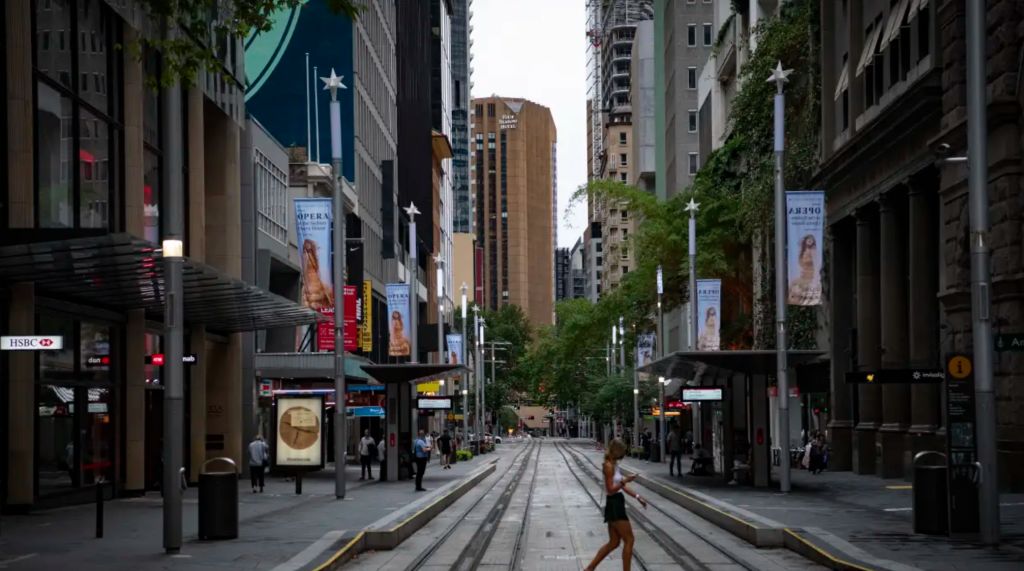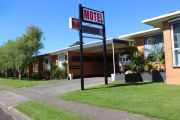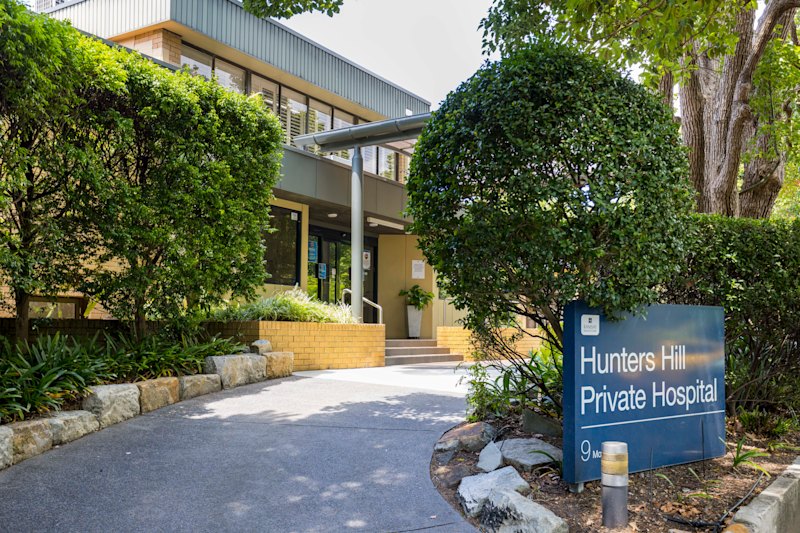
Office occupancy expands as headcounts grow
Office vacancy rates have dipped across the country as additional space is taken up by corporate tenants, amid rising staff numbers and confidence in the economic rebound.
But the pandemic has nevertheless left its mark, with suburban office markets in Sydney and Melbourne showing a greater take-up of office space than the city cores.
Occupancy figures collated by commercial agency JLL show a positive net absorption of 62,900 square metres was recorded across CBD office markets in the final quarter of last year. Over the entire year, the tally was 84,300 square metres.
Net absorption is an industry metric that measures the change in occupied office space over a period.
That take-up of space has pushed the national CBD office market moderately lower, with a 0.4 percentage-point contraction to 13.7 per cent in the final quarter.
Sydney’s CBD vacancy fell by 0.5 per cent to 12.5 per cent, while Melbourne held steady at 15 per cent. Canberra and Adelaide showed the strongest vacancy declines, each falling near 1 per cent to 5.7 per cent and 15.6 per cent respectively.
“The Australian labour market has proven to be very resilient, with business surveys pointing towards robust employment growth over 2022,” Andrew Ballantyne, JLL’s research head in Australia, said.
“Historically, employment growth has proven to be a lead indicator for office sector demand. While the evolution of working practices will have implications for workplace design, our positive net absorption figures show that a number of organisations are increasing their footprint to accommodate headcount growth.”
The take-up of space was highest in the suburban markets, with a net absorption of 339,000 square metres recorded over 2021. The strongest-performing metropolitan office markets were the Melbourne fringe, where 105,300 square metres of additional space was occupied; Parramatta, at 90,100 square metres; and Melbourne’s south-eastern suburbs, at 89,000 square metres.
Tim O’Connor, JLL’s head of office leasing in Australia, said that leasing enquiry and activity had accelerated over the second half of last year. Of the 19 CBD and metropolitan office markets tracked by JLL across Australia, 16 recorded positive net absorption last year.
Sydney’s CBD recorded 10,800 square metres of net absorption in the final quarter, with 29,700 square metres over 2021.
“As Sydney emerged from its delta lockdown in October, we saw a level of pent-up demand and a willingness to commit to new leases,” Mr O’Connor said.
“While a diverse range of industry sectors were in expansion mode, most organisations seeking additional office space have increased their tech-related headcount.”
Melbourne’s CBD booked a third successive quarter of positive net absorption in the final quarter, at 12,700 square metres.
“A number of smaller organisations delayed decision-making over the past 12 months, and we expect to see strong activity in the sub-500 square metres cohort of the market in 2022,” Mr O’Connor said.











